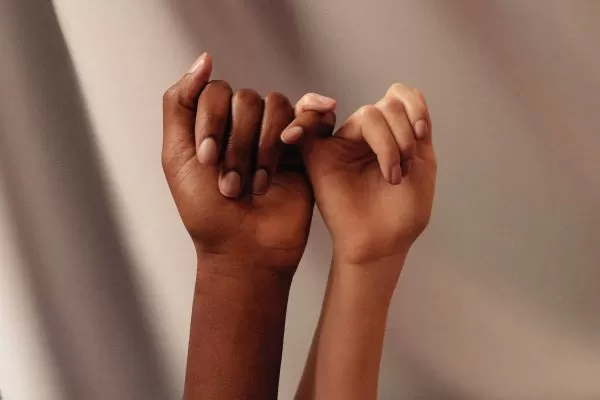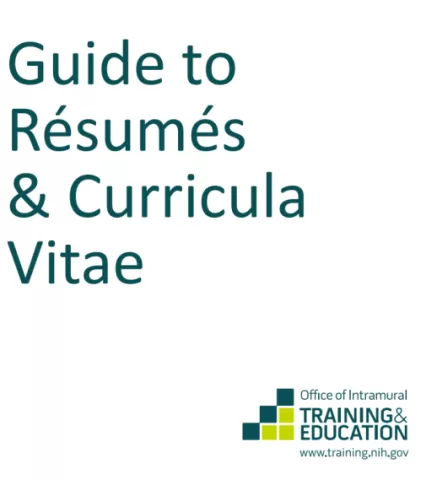Making Friends

Post written by guest blogger Emily Grugan; OITE Program Assistant
When we were young, there were many opportunities to make friends. We went to school each day with the same group of kids; we were all the same age and taking the same classes. There were opportunities to join sports teams and clubs where we could engage in activities with other people with whom we shared a common interest. Furthermore, because we were around each other so many hours out of the day, maintaining our friendships was fairly easy and convenient.
Unfortunately, as adults, things in the friendship-making realm aren’t quite as convenient as they once were. We don’t have as much time or opportunity to make or maintain new friendships. And yet, it is in this phase of life that we may be in especial need of strong friendships.
In adulthood, we face all kinds of major transitions, such as starting a new career, moving to a new state, getting married, starting a family, losing loved ones. It is our support systems that help to both share in the joy and bolster us in the face of the challenges that come with these transitions. Friendships can play a role that is distinct from others in our support systems. For example, while family members may serve as a source of support, we may need the perspective of friends to help us through periods of struggle in the familial domain.
Friendships do more for us than just providing a source of support. Research shows that those who maintain friendships experience improved health; they have a reduced risk for depression, high blood pressure, and tend to maintain a healthier BMI[1].
As previously mentioned, though, it is not always an easy thing to make friends as an adult. Fortunately, if you have experienced this difficulty, you are far from alone. Many of us face this challenge and many strategies have been developed to help facilitate the adult friend-making process.
Avenues for making friends:
You can join an NIH affinity group:
You can get involved in an NIH club or group:
Join a summer journal club
Become a leader of a group, such as:
You can come to OITE events:
You can find upcoming events on the events page of the OITE website. Use the “Keyword” search bar to search for a specific kind of activity you’re interested in or simply scroll through the page(s) to see what is scheduled for the coming weeks.
Join a local club or group:
You can use resources like MeetUp to find people in your area who are getting together to participate in activities you enjoy. They have everything from hiking groups to cooking classes to virtual writing sessions and more.
Get involved in a volunteer organization in your community.
If you decide to give one of these options a try, remember it might take a few interactions to find a potential new friend. It is normal to feel a little anxious in new social situations. Take your time and don’t be afraid to initiate a conversation or suggest a friendly meet-up. Here are some suggested tips for nurturing friendships that you can try:
Be kind.
Be a good listener.
Make yourself available.
Manage your nerves with mindfulness.
Finally, one last thing to keep in mind: quality over quantity. This post has stressed the value of friendships and encouraged your exploration of a few potential avenues for making new ones. However, you need not feel as though you must rush out and establish a whole new group, filled with numerous people that you now call friends. Focus on fostering a few, closer, more meaningful connections. This can create a greater sense of belonging and well-being overall.
[1]https://www.mayoclinic.org/healthy-lifestyle/adult-health/in-depth/friendships/art-20044860#:~:text=Friends%20can%20help%20you%20celebrate,sense%20of%20belonging%20and%20purpose


